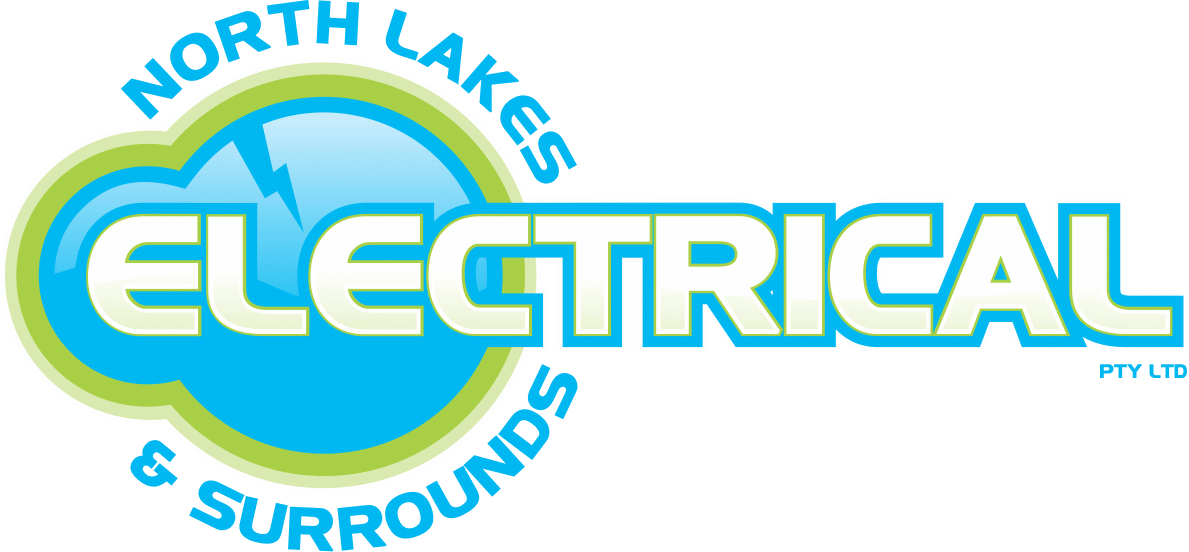Outdoor Lighting Installation North Lakes
Outdoor lighting installation North Lakes turns dark paths and gardens into safe, inviting spaces. With a smart plan, your home gains better security, clearer wayfinding and a warm evening atmosphere without wasting energy.
In this guide, you will see how to design zones, choose fittings, plan cabling and control, and avoid glare. You will also learn realistic costs and timelines, plus simple steps that prepare your property for a neat, compliant install.
What matters most in an outdoor lighting installation North Lakes
Local layouts influence the plan. Many North Lakes homes feature side paths, alfresco areas and low garden beds that face breezes from the lakes. These details affect beam choice and corrosion resistance. Start by breaking the yard into zones, path safety, entry statement, feature trees, cooking and dining, and perimeter security. A few well placed fittings usually beat a lot of bright ones.
Common pain points include harsh floodlights that dazzle neighbours, spikes that fail after one summer, and messy leads. In Mango Hill and Griffin, narrow side paths benefit from shielded bollards that push light down and out, not into bedroom windows. Around water features, select low voltage fittings with IP67 ratings. At entry doors, choose warm white wall lights that avoid lens glare in selfies and camera footage. For security, motion sensors work best when beams cross the approach rather than point straight at it. A good plan layers gentle ambient light, targeted task light and discreet accents so the yard feels calm yet clear..
Step-by-step planning for an outdoor lighting installation North Lakes
-
Walk the property at dusk, then list hazards and highlights. Mark trip points, steps, uneven pavers and dark corners.
-
Decide the mood, soft and warm for entertaining, brighter and neutral for tasks. Note colour temperatures for each zone.
-
Photograph the switchboard and any existing outdoor points. Measure cable paths, note garden edges, and map irrigation lines.
-
Choose control style. Many homes combine a dusk timer for ambience, motion sensors near side gates, and a manual override for late nights.
Avoid risky shortcuts. Do not daisy chain plug-in garden lights across multiple adapters. Do not bury flex cable or run extension leads under mulch. Do not mount mains fittings without proper sealing. A licensed electrician will protect the circuit with an RCD, use UV stable conduit, seal penetrations, and keep junctions above flood lines.
Costs, Timeframes and What To Expect
Entry and path packages with six to eight spikes or bollards, a transformer, timer and cabling commonly range from $950 to $1,900 supplied and installed. Add tree uplights and wall washers and the project often sits between $1,900 and $3,500. Large gardens with in-ground cans, steps, deck lights and security floods can range from $3,500 to $7,500 plus, depending on access and fitting quality.
Most projects take half a day to two days. The visit usually includes a quick walk-through, marking cable routes, trenching or spiking, mounting fittings, sealing, commissioning controls, and a nighttime check if practical. You should receive a simple map, fitting schedule and photos, which makes future additions straightforward.
DIY vs Professional Help
DIY suits design brainstorming, trialling portable solar spikes, and placing pots to test effects. Wiring, switchboard changes and any 240 volt work need a licensed expert. If you live in Murrumba Downs or Kippa Ring and water pools in an uplight can, switch the circuit off and call for a fix. Incorrect glands and poorly drained cans shorten the life of lamps and drivers. A professional selects the right IP rating, sets safe depths and keeps joins dry.
Prevention That Actually Works
Choose corrosion resistant materials, powder coated aluminium, stainless steel or quality composite. Use IP65 or higher for exposed fittings, IP67 for in-ground. Keep colour temperatures consistent per zone, warm for entertaining, neutral for paths and tasks. Every six months, wipe lenses, trim plants that block beams, and re-aim spikes that shifted in storms. Add surge protection at the board to protect drivers during summer lightning. Finally, leave spare transformer capacity and a capped conduit to the back fence so future zones connect cleanly.
FAQs
Do I need council approval for outdoor lighting installation North Lakes homes?
Not for typical residential projects. Tall poles or very bright floods may require checks.
Which is better, low voltage or mains?
Low voltage suits gardens and flexibility. Mains suits long runs and high power floods. Many designs blend both.
Will lights attract insects?
Warm white attracts fewer insects than cool white. Shields and downward beams also help.
Can I add more zones later?
Yes. With spare transformer capacity or a pre-run conduit, additions stay simple.
How long do quality LEDs last outdoors?
Many last years. Good seals, correct glands and surge protection extend life.
Ready to light paths and gardens in North Lakes, book a design and installation visit for safe, efficient lighting that looks great every night.

